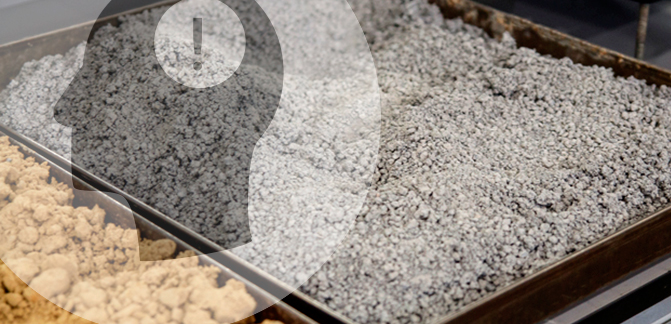
Research Areas
CoMSIRU’s research work is focused on developing a deep understanding of both the short- and long-term behaviour of concrete materials and concrete structures, aiming at developing methodologies for producing durable and structurally sound concrete structures with minimised maintenance costs.
Research within CoMSIRU places a strong emphasis on understanding the deterioration mechanisms of concrete structures, development of technologies for assessment of structures, as well as the development of life extension of deteriorated concrete structures. This is achieved through two broad research thrusts; concrete materials and construction and structural integrity and monitoring.
CoMSIRU’s research work is supported by CoMSIRU's state-of-the-art laboratories for concrete technology and structural concrete. The research unit integrates laboratory work, field measurements and computational modelling of materials and structures, which places the research unit in a leading position to develop realistic and practical engineering solutions.
An important consideration in deterioration science and renewal engineering is the sustainability of materials and construction. To this end, the research unit has embarked on developing knowledge and technologies that may be used by structural engineers to ensure their designs are sustainable.
Research projects: Concrete materials and construction
Service life prediction models for reinforced concrete in the SA context

Service life prediction models exist at an international level, but it is essential that locality-specific models also be developed and calibrated, in view of the specificity of local environmental exposure conditions. Two such models are under development: one for chloride ingress into a wide variety of different concrete types, and the second a carbonation-corrosion model that couples CO2 ingress with a tendency for subsequent corrosion. In these areas, a major focus of the research unit has been the development of suitable performance-based test methods for design, quality control and conformity assessment of concrete structures.
Low-clinker cements
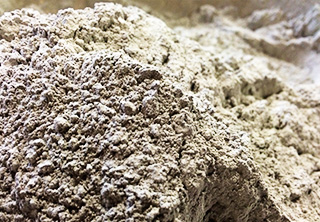
It is imperative that modern concrete be formulated with as low a clinker factor as possible in the binder component, to minimise the carbon footprint of such concrete. Projects in this area consider practical ways of reducing the clinker factor of concrete, including the use of supplementary cementitious materials and modern chemical admixtures and mineral additions. Performance of such concretes is evaluated and optimized through particle packing theories, durability performance testing and petrographic analysis.
Recycled concrete fines as a supplementary cementitious material
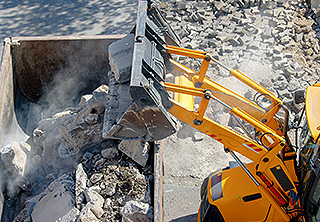
Recycled concrete fines, the subsieve material produced when concrete waste is crushed, is comprised of both unhydrated and hydrated cement. The use of recycled concrete fines as a supplementary cementitious material may allow more efficient use of material resources in the construction industry and a decrease in CO2 emissions associated with concrete production. Research in this area is focused on assessing the suitability of recycled concrete fines as a binder, as well as evaluating and optimizing the performance of concrete produced using recycled concrete fines.
Fine recycled aggregate concrete
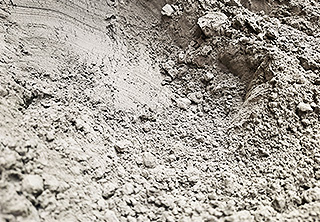
To promote sustainability in concrete production, recycled aggregates from construction and demolition waste offer a viable alternative to virgin aggregates. However, the application of recycled aggregates, particularly fine recycled aggregates, in structural concrete production is limited mainly due to the presence of adhered mortar in the recycled aggregate matrix. Consequently, research in this area explores several approaches to enhance the properties of recycled aggregates, including removal of adhered mortar, strengthening adhered mortar, and modifying the microstructure of recycled concrete using supplementary cementitious materials.
Durability and deterioration studies
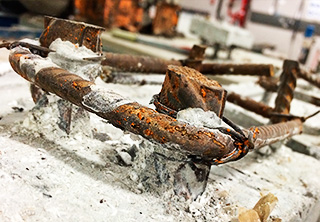
This research has been a consistent theme in CoMSIRU for many years. Currently, these studies relate to deterioration of reinforced concrete structures in marine environments, structures exposed to carbonation environments inland in South Africa, concrete sewer pipes exposed to sulphuric acid attack, and structures affected by alkali-silica reaction. Work on the deterioration of continuously reinforced concrete pavements has also been undertaken. Practical research thrusts in this area relate to optimizing concrete mix designs and construction methods for increased durability and performance evaluation of protective surface coatings and hydrophobic sealants. A major focus under the theme of durability has been the refinement of reinforcement corrosion initiation models to predict corrosion-induced damage in concrete structures.
Cracking of concrete structures subjected to restrained deformation
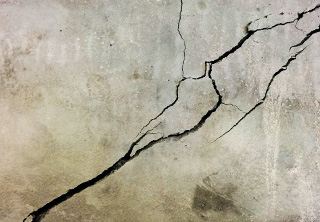
Cracking due to restrained deformation is one of the major aspects affecting the long-term durability performance of concrete structures. Studies in this area are focussed on concrete mix characterisation through suitable performance tests, aiming at optimising mix compositions and construction procedures. Work on the influence of structural and non-structural cracking on the ingress of harmful substances into concrete and reinforcement corrosion has also been undertaken.
Research projects: Structural integrity and monitoring
Fatigue reliability and long-term monitoring of railway bridges
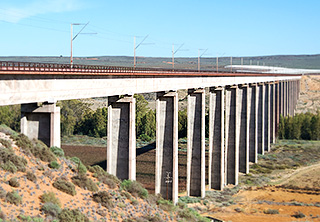
Developments in structural health monitoring of bridge structures are enabling the capture of information on the as-built structural behaviour of these structures. Such information is useful for the assessment of the condition and reliability of bridges. This project is focused on the fatigue behaviour of concrete railway bridges. In particular, box-type sections will be considered. A monitoring system has been developed for the Olifants River Bridge, located in Vredendal.
Bridge management systems
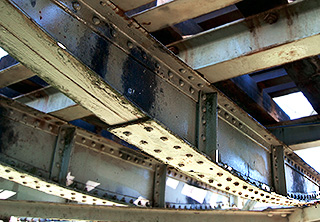
Visual inspection is the predominant bridge assessment technique employed by most current BMS. In South Africa, substantial visual inspection data has been collected in the last decade. However, these data have not been analysed to determine predominant deterioration mechanisms. This project seeks to gain a deeper understanding of deterioration mechanisms in bridges located in the Western Cape.
Long-term performance of repaired reinforced concrete structures
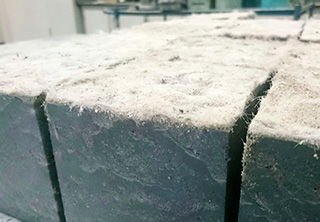
There is a dearth of information on the long-term performance of repaired reinforced concrete structures. Quite often, infrastructure owners are unaware of the effectiveness of repair and strengthening interventions and their long-term performance. In particular, the long-term behaviour of cementitious mortars and grouts for structural and non-structural repairs is not well understood. Research undertaken in this area includes characterisation and optimization of mortars for cracking and bonding performance. Another topic of investigation refers to the use of fibre reinforced polymers (FRP) for structural strengthening in bending and shear.
Ambient vibration monitoring of concrete dams

Finite element modelling is a powerful tool for simulating structural system behaviour. In this body of work, updated finite element models will be used to predict the future behaviour of dams. Updating of the FEM models will be based on ambient vibration testing.
Numerical modelling of the swelling effect of concrete structures

The chemical reactions involving aggregates, cement paste and water may lead to the swelling of concrete. Such volume changes lead to premature deterioration and, in some cases, structural failure. The problem of concrete swelling has been widely reported, especially in concrete dams. A number of numerical models have been proposed to simulate the swelling action and compute the structural response to this internal loading. This project is focussed on developing computational models for implementation in standard finite element analysis codes.
Want to find out more?
For a snapshot view of CoMSIRU's current, on-going research projects, see our most recent Colloquium Report here.
